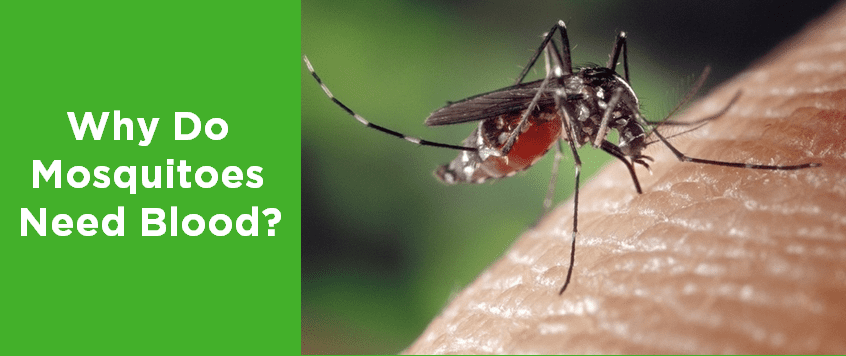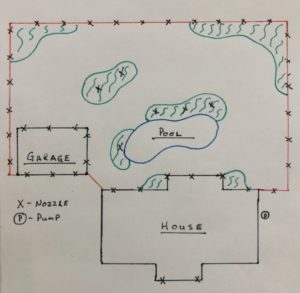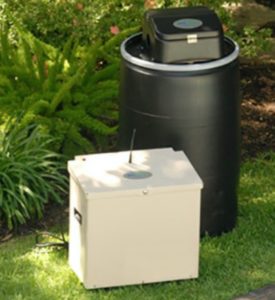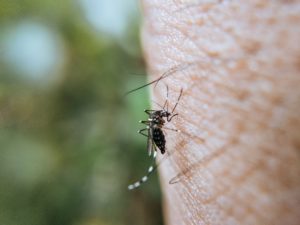Why Do Mosquitoes Need Blood?
One of the questions we hear a lot is, “why do mosquitoes need blood anyway?” When you really sit down and think about it, this is a really good question. We thought we would tackle it here and provide some answers.
Male mosquitoes are vegetarians/vegans and only feed on plant nectar. That’s why they spend most of their time, when the sun is out, under leaves: shading and feeding. Female mosquitoes also feed off plant nectar (and shade from the sun), but when they are preparing to lay eggs, they need more nutrients. For example, iron is required for optimal egg development and viable offspring and protein are required to build strong eggs.
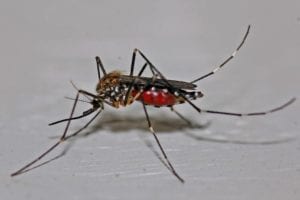 Some studies have been conducted to try and determine what attracts a female mosquito to one person over another. We often hear customers who complain that they always get bitten while their spouse does not. Studies have shown that O type blood is the preference for a female. They also tend to opt for folks who are sweating or have a higher body temperature from heat or exercise, or in the case of mowing the lawn, both. This is most likely due to the fact that the higher the temperature the easier you are to see for a mosquito as they see your heat. The more you are working out the more CO2 you are expelling, again, making it easier for them to smell you through their olfactory sensors that seek out CO2. This is why pregnant women are more apt to get bitten (they expel more CO2).
Some studies have been conducted to try and determine what attracts a female mosquito to one person over another. We often hear customers who complain that they always get bitten while their spouse does not. Studies have shown that O type blood is the preference for a female. They also tend to opt for folks who are sweating or have a higher body temperature from heat or exercise, or in the case of mowing the lawn, both. This is most likely due to the fact that the higher the temperature the easier you are to see for a mosquito as they see your heat. The more you are working out the more CO2 you are expelling, again, making it easier for them to smell you through their olfactory sensors that seek out CO2. This is why pregnant women are more apt to get bitten (they expel more CO2).
When a female mosquito bites she uses her proboscis that is composed of six needle-like parts. You can check out an awesome video of this process here to see how they do this. They gently perforate the skin with one of the 6 sharp needlelike parts of the proboscis. They inject saliva into our bloodstream to stop our blood from coagulating, the result of that is also what causes the itchy raised welt that we all know and hate. They then suck up the blood through a straw-type section of the proboscis.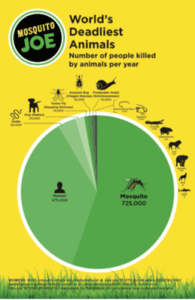
Mosquitoes spread diseases like West Nile, EEE, and Malaria through these mouthparts which is what makes them the most dangerous.
So, it’s a simple answer for a very complex process that has enabled mosquitoes to survive, multiply and maintain their reputation as the worlds’ deadliest animal.
Control the mosquito population in your yard with one of our mosquito control options – give us a call or fill out the form to the right for a free quote.
 Outside is fun again.
Outside is fun again.
